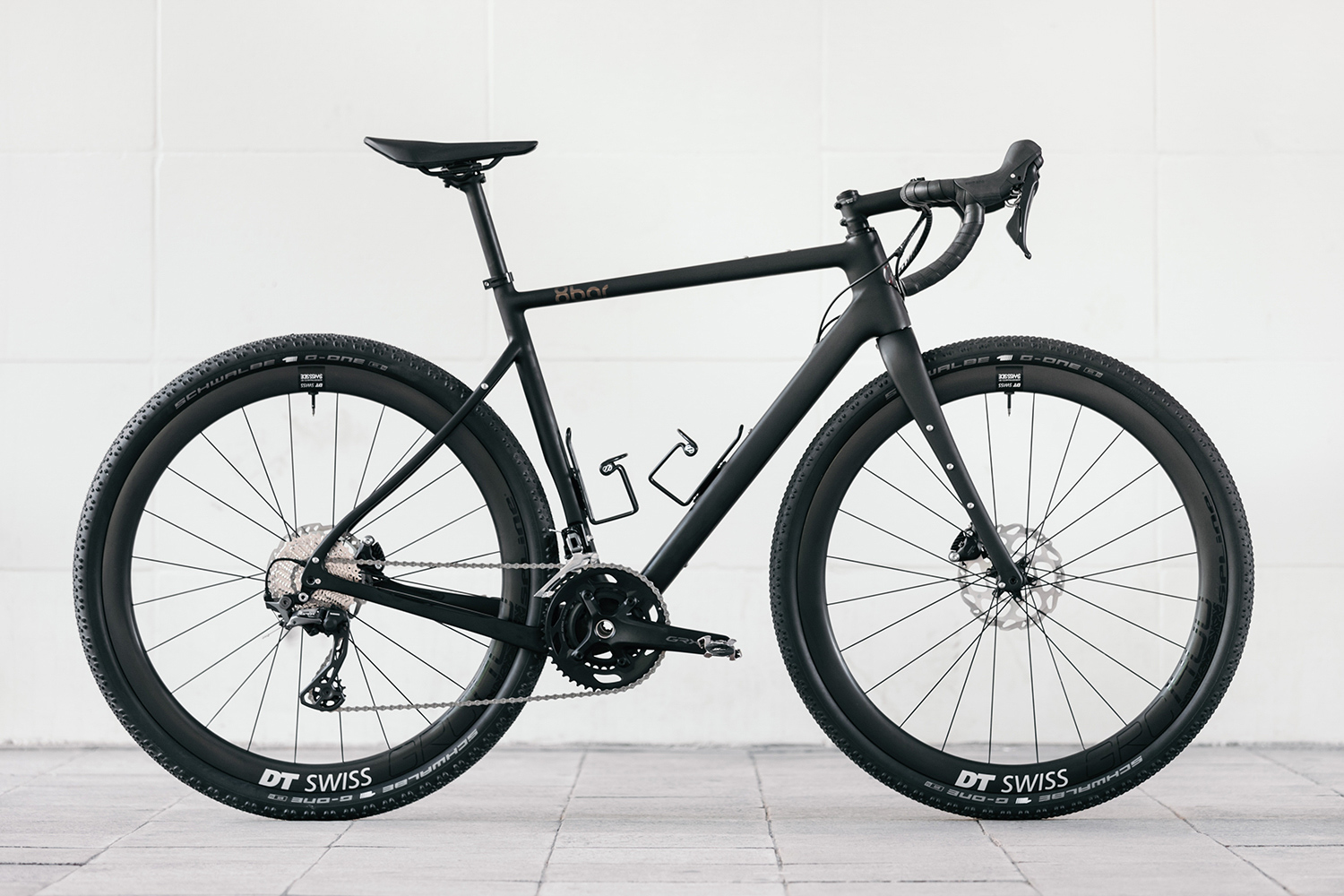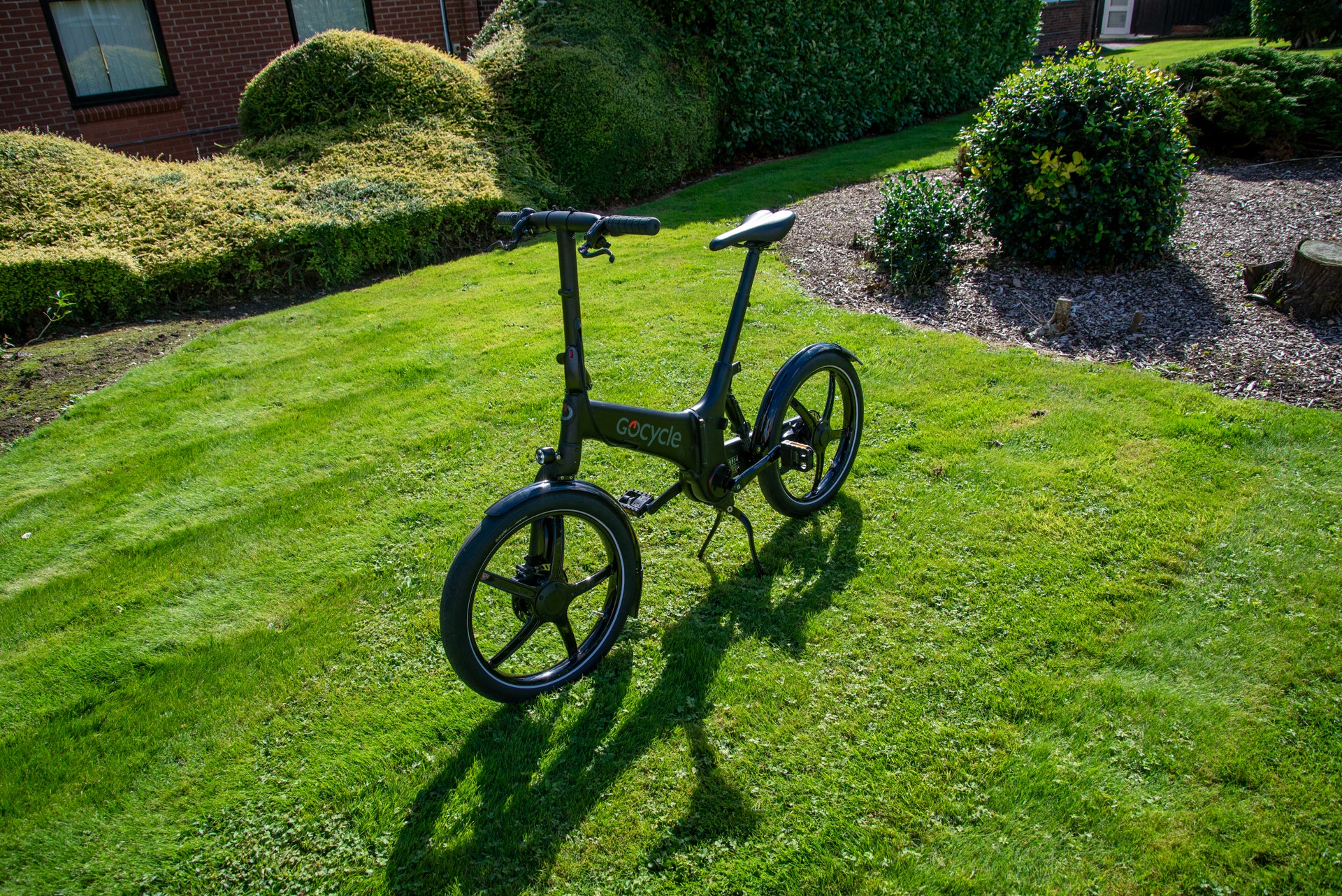Bike commuting is healthier and more environmentally friendly than driving and faster than walking, and, over time, it will save you a lot on MetroCards (if not stop you entirely from buying them). But getting started can be intimidating. If you’re interested in riding to work, you may wonder how you’ll carry your stuff, how you’ll lock up your bike, what to do if it rains, and, most importantly, what type of bike you should buy.
They explained what features to look for in commuter-specific bikes and how much you should be ready to spend. While a top-of-the-line, aerodynamic racing bike can set you back a few grand, the experts we spoke to agreed that you can find a dependable commuting bike in the $500 to $750 range (if they’re not e-bikes, that is). But be wary of anything much cheaper.
The commuter bikes in this article are made with either aluminum or steel. (This list does not include bikes with titanium frames, which are generally lighter than steel ones, but stronger and heavier than aluminum. Other bike frames are made with carbon fiber, which you’ll mainly find in road and race bikes.) Aluminum is the most common frame material, as it’s lightweight but sturdy. But if you want something that gives a more comfortable ride, look to steel. “With commuter bikes, a lot of people like a steel frame, because it lends a less-harsh ride,” Newbrey says. “It has a little bit more flex, a little bit more give to it. So it’s gonna be a little bit softer on the potholes than an aluminum bike would be.” Carbon fiber is ultralight but will be expensive.
The bike’s gearing, or how many speeds it offers, can be important depending on where you live and where you’re going to be commuting. “If you’re someplace, say San Francisco, where there’s a lot more longer steep hills on your commute, then you’ll want a bike with some good low gears so you can get up those hills, especially if you’re gonna be carrying a laptop or a change of clothes or that kind of extra weight on your bike. Having low enough gearing for that is pretty important,” Newbrey explains.
The two main types of brakes we’re looking at are caliper-style brakes and disc brakes. Caliper brakes act as a clamp on the rim of the wheel, whereas disc brakes can be found closer to the hub of the wheel and use a metal rotor and pads. Caliper brakes are the most common, and disc brakes are generally more expensive — which is often reflected in the overall price of the bike. Ease of maintenance is also a factor when deciding on brake type. “Since everything is external on a caliper-style brake, it’s a little bit easier to see the adjustments that you make. So for a lot of folks who are less confident in their mechanic skills, that goes a long way for them, especially if you want to do a certain level of the maintenance yourself,” Newbrey says.

The experts we spoke with recommend hybrids, like the Escape, as the best commuting bikes for most people because they offer some of the speed of a road bike, along with the sturdiness and comfort of a simpler upright “cruiser” bike (more on those below). Alex Gonzalez, a sales specialist in action sports at REI Soho, describes hybrids as “a mix between a road bike and a mountain bike.” Hybrid bikes also have the benefit of being suitable for longer weekend adventures in addition to daily commutes, according to Susi Wunsch, the founder of bicycling-lifestyle website Velojoy. She says that “a hybrid will be more versatile, especially if you’re riding for both commuting to work and fitness on weekends.

Echoing some of his fellow experts, Crooks told us that most hard-core city bikers actually prefer steel. “Steel bikes are basically universal among the employees at NYC Velo,” he says, noting that the material is more “flexible” than aluminum, making it naturally shock absorbent and, as we discussed before, extremely durable. For shorter distances and light-to-average use, the comparatively lower maintenance and lighter weight of aluminum will be better, but if you want something truly built to last, you might be better off with steel.

For a slightly higher price, you can get an aluminum-frame hybrid bike with hydraulic disc brakes, which work to stop the wheel with a pressurized fluid. “It’s the same fluid that your car uses to brake,” explains Jonnie Ling of the Community Cycling Center in Portland, Oregon. Hydraulic-disc brakes are also fully sealed, which is one reason why John Keoshgerian of Zen Bike calls them a “crucial New York City must-have” for dealing with bad weather and uneven roads. He likes that the Crosstrail incorporates this feature while still being a relatively affordable bike.

Generally called “upright” bikes or “cruiser” bikes, this style prioritizes comfort, so many of the bike commuters we spoke to say people prefer them for shorter trips. As Crooks explains, with these bikes “you’re sitting in a position that is comfortable. You’re fairly upright and not straining your back or your neck to look at traffic signals, cars, or other road users.” The Roadster Sport also comes fully decked out with a rack for carrying your stuff.

Conroy agrees that a multiple-gear cruiser would be better for regular commuting. But if seven speeds seems like too many, the Franklin 3 is a less expensive three-speed bike with an internally geared hub that he recommends. According to Conroy, it “looks like a single-speed, but all the gears are inside the hub. The chain doesn’t move when you switch gears, so it’s easy to operate and maintain, and it looks nice.”

City commuters love the convenience of space-saving folding bikes, but a smooth and easy-to-use folding mechanism can be an investment. When it comes to folding commuting bikes, Brompton makes the hands-down favorite among our experts, four of whom recommend its top-of-the line model. It was also the top pick of Streetsblog editor Gersh Kuntzman, who tested out a variety of folding bikes for us. Made in England, Brompton bikes are extremely well-constructed, according to Crooks, who says that “all the things that typically fail on other folding bikes, like hinges, are bombproof on the Brompton.”
The least expensive folding bike for commuting recommended by our experts is the Giant Expressway. Crooks says that “by nature of the frame design — the top tube is very low — most people can ride them, so it’s good for people who have trouble fitting on other bikes.” It also made our list of the best folding bikes, with Kuntzman writing that “it performed the most like a real bike” of all the models tested, and that it has a “strong, proprietary Aluxx aluminum frame that provides extra support when riding up a steep incline.”

While electric bikes are more expensive than nonmotorized ones, they do offer a few advantages for commuters. They move a lot faster with less effort (up to 28 miles per hour depending on the type of e-bike), and the motor makes it easier to pedal uphill, even if you pick up a load of groceries on your way home. This ten-speed option from Gazelle has a front-suspension fork for a smoother ride on bumpy surfaces and a rear rack for toting bags.